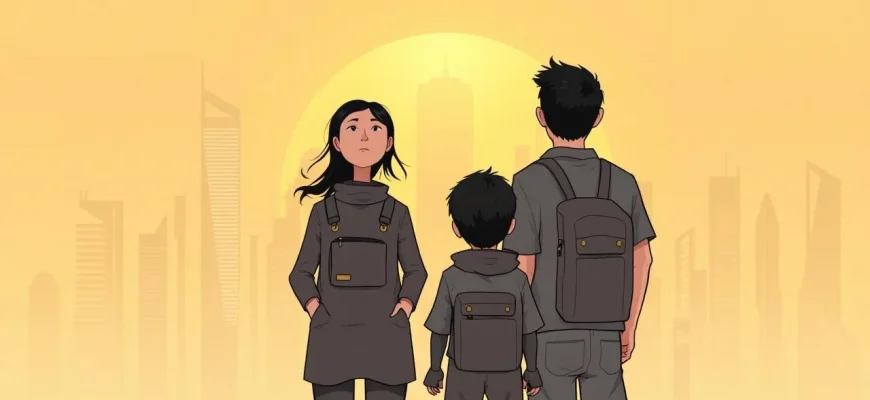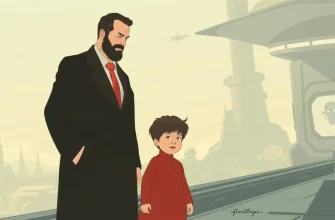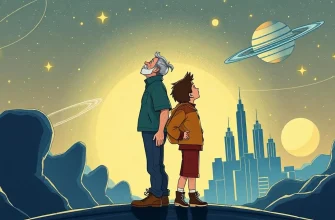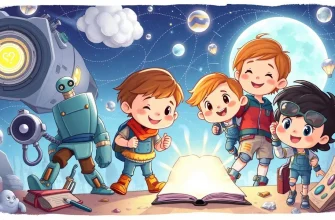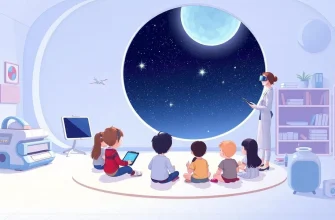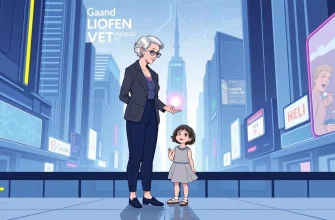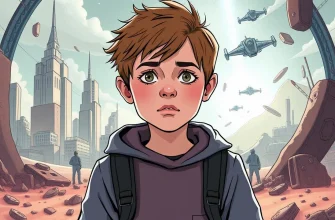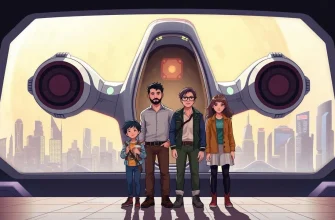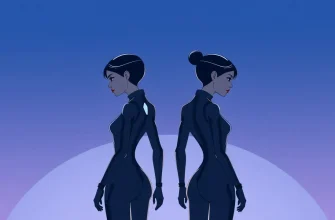This curated list of sci-fi films focuses on the theme of economic hardship within families, set against the backdrop of futuristic or alternate realities. These movies not only entertain with their imaginative settings but also provide a poignant look at the universal struggles of poverty, survival, and the human spirit's resilience. Each film in this collection offers a unique perspective on how families cope with adversity in worlds where technology and society have evolved in unexpected ways.

The Matrix (1999)
Description: While not directly about poverty, the film explores themes of economic disparity through the contrast between the real world and the virtual reality where humans are enslaved by machines.
Fact: The film's concept of 'bullet time' revolutionized action sequences in cinema.
 Watch Now
Watch Now 
Children of Men (2006)
Description: In a world where humans can no longer reproduce, a former activist helps a pregnant woman escape to safety, showcasing the desperation of a society on the brink of collapse.
Fact: The film includes a famous long take, a continuous shot that lasts over six minutes, showcasing the chaos of a future London.
 Watch Now
Watch Now 
The Time Machine (2002)
Description: A scientist travels through time to find his lost love, encountering a future where humanity has split into two classes, with the poor living underground.
Fact: The film includes a homage to the original 1960 film with a similar scene involving the time traveler's arrival in the future.
 Watch Now
Watch Now 
The Day After Tomorrow (2004)
Description: A father tries to save his son during a global weather catastrophe that plunges the world into an ice age, highlighting the survival instincts of a family in crisis.
Fact: The film's depiction of weather events was inspired by real scientific theories about climate change.
 Watch Now
Watch Now 
The Road (2009)
Description: A father and son travel through a post-apocalyptic world where survival is a daily struggle. Their journey highlights the lengths a family will go to protect each other in the face of extreme poverty and danger.
Fact: The film was shot in various locations to mimic the desolate, barren landscapes described in the novel by Cormac McCarthy.
 Watch Now
Watch Now 
The Book of Eli (2010)
Description: In a post-apocalyptic world, a lone wanderer carries a book that holds the key to humanity's survival, encountering a family struggling to survive in a harsh environment.
Fact: The film was shot in New Mexico, which provided the perfect backdrop for the desolate, post-apocalyptic setting.
 Watch Now
Watch Now 
District 9 (2009)
Description: Set in Johannesburg, this film explores the life of Wikus van de Merwe, who becomes involved with an alien race living in poverty in a slum called District 9. It's a powerful allegory for apartheid and economic disparity.
Fact: The film was shot in a real slum in Johannesburg, and many of the extras were actual residents of the area.
 Watch Now
Watch Now 
Elysium (2013)
Description: In a future where the wealthy live on a luxurious space station, the poor are left on an overpopulated, ruined Earth. The film follows Max, a poor factory worker, who seeks to bring equality to the classes.
Fact: The space station Elysium was designed to be a utopia, contrasting sharply with the dystopian Earth.
 Watch Now
Watch Now 
Snowpiercer (2013)
Description: After an attempt to stop global warming goes wrong, survivors live on a perpetually moving train. The film focuses on the class divide, with the poor in the tail section fighting for equality.
Fact: The film was based on a French graphic novel and was Bong Joon-ho's first English-language film.
 Watch Now
Watch Now 
A Quiet Place (2018)
Description: A family must live in silence to avoid creatures that hunt by sound, showcasing the lengths they go to protect each other in a world where noise can mean death.
Fact: The film was praised for its minimal dialogue, relying heavily on visual storytelling.
 Watch Now
Watch Now 
